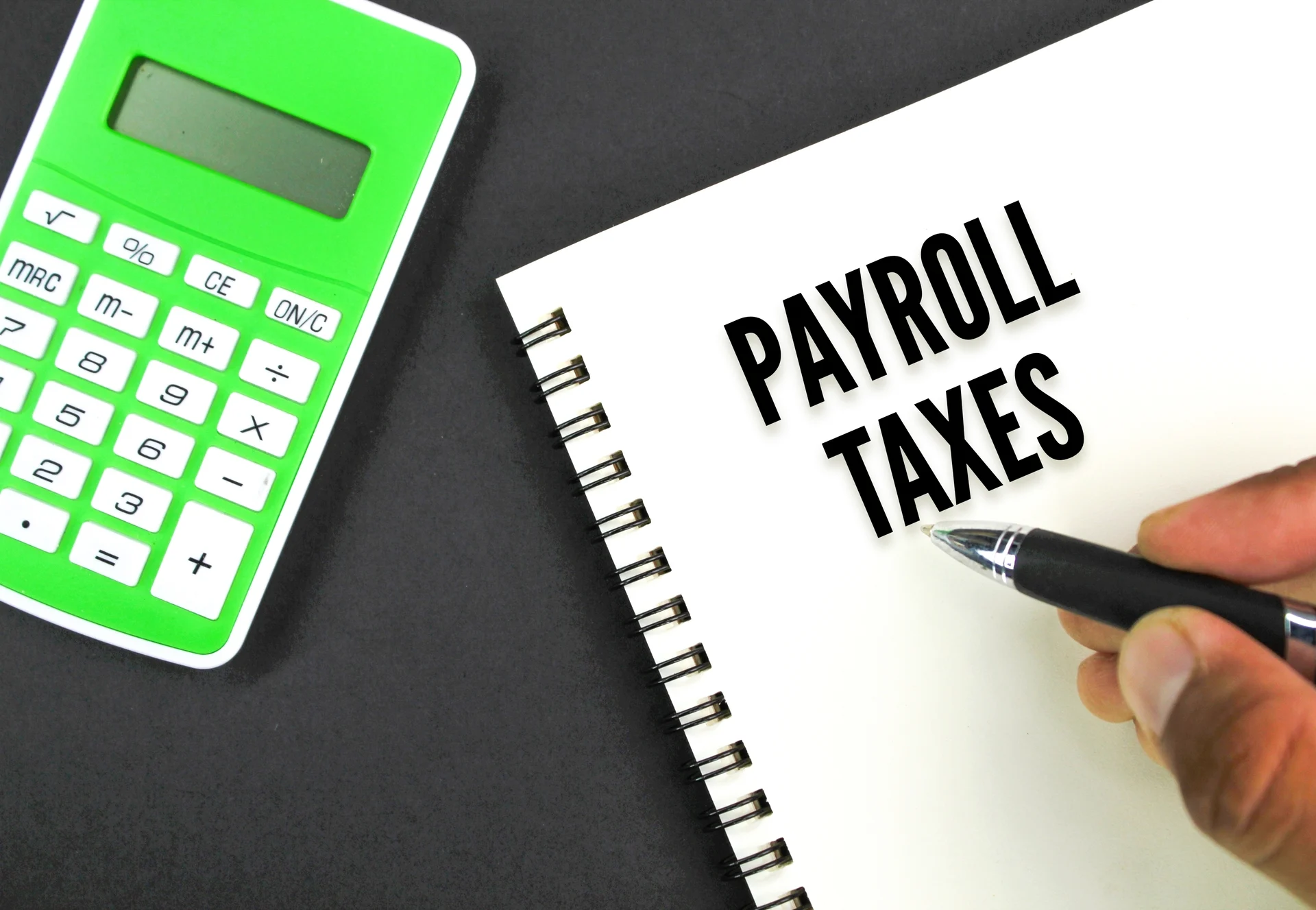Introduction
Navigating the elaborate landscape of visa applications can seem like trying to analyze a foreign language-- specifically when you're pursuing an L-1 visa for intracompany transfer in the hectic and affordable Bay Location tech scene. As one of one of the most considerable centers for technology and innovation, the Bay Area attracts professionals from around the globe seeking to collaborate with some of one of the most dynamic business in existence.
In this guide, we'll delve deeply into the best practices for navigating L‑1 visa applications in the Bay Location tech scene From comprehending qualification requirements to securing lawful assistance, we've got you covered with functional understandings and crucial tips. Whether you're an international nationwide aiming to transfer or a company intending to bring talent from abroad, this short article will encourage you with knowledge that can simplify your application process.
Understanding the L-1 Visa: An Overview
What is an L-1 Visa?
The L-1 visa is a non-immigrant visa that enables worldwide companies to transfer employees from their foreign offices to their united state locations. This applies to supervisors, executives, and employees with specialized expertise.
Types of L-1 Visas
There are 2 main categories of L-1 visas:
L-1A Visa: For managers and executives. L-1B Visa: For workers with specialized knowledge.Why Select an L-1 Visa?
The L-1 visa for intracompany transfer deals substantial advantages:
- No yearly cap limiting applications. Dual intent, enabling holders to look for irreversible residency.
Eligibility Criteria for L-1 Visa Applicants
Who Can Apply?
To get an L-1 visa, applicants must meet specific demands:
- Employment with a qualifying organization outside the U.S. Employment in a managerial or executive capacity (for L-1A) or having specialized knowledge (for L-1B).
Length of Work Requirement
Applicants should have benefited at least one constant year within the last 3 years prior to their application.

Key Documentation Required
Essential Records Checklist
When getting an L-1 visa, guarantee you have:
- A legitimate passport. Form I-129 (Petition for a Nonimmigrant Employee).
Company Assistance Letters
Include letters from both U.S. and abroad employers detailing your function and value within the company.
Additional Supporting Documents
Gather added paperwork such as:
- Financial statements Organizational charts Proof of work duration
Best Practices for Browsing L‑1 Visa Applications in the Bay Location Technology Scene
Applying for an L‑1 visa can be daunting, specifically given the intricacies entailed. https://postheaven.net/brittejzab/effective-tax-solutions-for-busy-professionals-in-the-bay-location Here are some ideal methods particularly customized for those navigating this procedure in The golden state's tech epicenter:
Research Local Migration Laws
Stay updated on any modifications in immigration laws that may affect your application process.
Engage Bay Location Immigration Solutions Early On
Working with neighborhood professionals can substantially boost your chances of success. Think about talking to a US migration specialist Bay Area, who concentrates on organization visas.
Building Strong Application Packages
Tailoring Your Petition
Make certain each request is personalized to mirror your special situation and aligns with USCIS expectations.
The Relevance of Legal Support
Engaging experts can aid navigate possible challenges and streamline procedures-- especially when taking care of intricate instances or if preparation on transitioning to an EB-1A permit for amazing capabilities later on on.
Filing Your Request: Detailed Guide
Step 1: Complete Form I-129
This is where you'll detail your certifications and factors for asking for an L‑1 visa.
Step 2: Submit Sustaining Documentation
Ensure all required papers are arranged neatly; missing paperwork might lead to hold-ups or denials.
Step 3: Pay Called For Fees
Be ready to pay involved costs, which can differ based upon solution type and urgency.

Common Obstacles Throughout Application Process
Addressing Rejection Reasons
If confronted with rejection, understanding usual reasons applications might get turned down can help you prepare much better next time:
Incomplete Documentation
Ensure every piece requested is present since incomplete applications are often denied outright.
Responding to Requests for Evidence (RFEs)
Should USCIS demand extra info, reacting quickly and thoroughly is crucial.
Utilizing Lawful Assistance Effectively
Choosing Legal Representation Wisely
Select lawyers that specialize in immigration law-- preferably those familiar with modern technology firms' distinct challenges.
EB 1A Request Legal Support
If you aim to change from an L‑1 visa to an EB‑1A green card, guarantee your legal group recognizes how finest to straighten these methods effectively.
Maintaining Conformity Post-Visa Approval
Once you protect your L‑1 visa, it's necessary to maintain conformity:
Stay Upgraded on Immigration Requirements
Regularly review any updates connected to your standing or commitments under united state law.
FAQs About Navigating L‑1 Visa Applications
Q: How long does it take to process an L‑1 visa application?
A: Processing times can differ but usually take in between two months and 6 months depending upon whether premium processing is utilized.
Q: Can I look for permanent residency while holding an L‑1 visa?
A: Yes! One of the advantages of the L‑1 visa is its twin intent nature enabling holders to seek permanent residency without threatening their status.
Q: What takes place if my request gets denied?
A: You may appeal or file a new petition after dealing with any issues highlighted by USCIS throughout their evaluation process.
Q: Is there a limit on how many times I can restore my L‑1 visa?
A: There's no stringent restriction; however, extensions must show continued eligibility based upon work summary and business's need.
Q: Can dependents accompany me while on an L‑1 visa?
A: Yes-- they might look for dependent visas (L2), which permit them certain legal rights like examining or functioning under specific conditions.
Q: Exactly how do I change from an H-Visa like H-- B? A: Transitioning requires mindful preparation; assessments regarding H-- B visa application aid will supply clarity on timelines versus your current responsibilities under existing visas.

Conclusion
Navigating via the complexities bordering L 1 visas, specifically within the dynamic Bay Area technology scene, demands foresight integrated with careful preparation. Involving knowledgeable legal advice improves prospects substantially while guaranteeing compliance post-arrival solidifies security when developed right here. By adhering closely to best techniques described above-- together with leveraging regional resources-- you'll find on your own well-appointed not just at getting yet also prospering under this immigration framework!
By making notified decisions today regarding your future immigration strategy-- consisting of assessing options like transitioning right into EB-- IA green cards when ready-- you're establishing yourself up not just efficiently browsing initial obstacles yet also building a long lasting career path ahead!